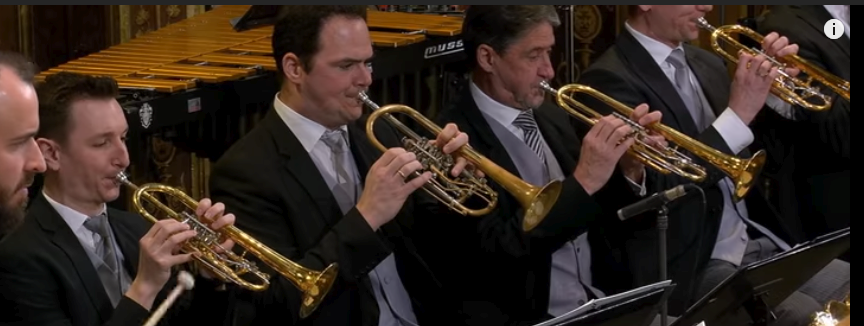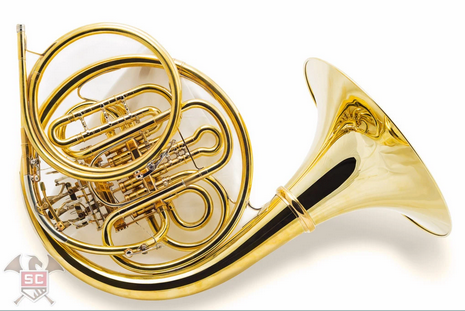You mean the Vienna Philharmonic.
>The VPO’s sound has been attributed in part to the VPO’s instruments and in part to its playing styles.
Instruments: At least a part of the characteristic sound of the Vienna Philharmonic has been attributed to the use of instruments that differ from those used by other major orchestras:
- The orchestra’s standard tuning pitch is A4=443 Hz; the tuning standard for A4 is generally considered at a frequency of 440 Hz.
- The VPO uses the German-system (Öhler system) clarinet. By comparison, the Boehm-system clarinet is favored in non-German-speaking countries.
- Likewise, while the Heckel bassoon is now the norm for most orchestras around the world, in the VPO the Heckel bassoon is played almost completely without vibrato.
- The rotary-valve trumpet is used, but unlike most other Germanic orchestras the VPO prefers smaller bore rotary trumpets from makers such as Heckel and Lechner.
- Like its counterparts elsewhere in Austria, Germany and Russia, the VPO favors the F bass and B-flat contrabass rotary-valve tuba, whereas the CC piston-valve tuba is preferred in most American and some British orchestras.
- The trombone has a somewhat smaller bore, but this is also true of the trombone used in many German orchestras.
- The timpani have the Schnellar System in which the kettle pushed up as opposed to the head being pulled down. Hans Schnellar was the timpanist in the early 20th century, and personally made these drums. They also use goat skin heads as opposed to calf skin or plastic heads, and manual tuning as opposed to pedal tuning.
- The double bass retains the traditional theater-placement in a row behind the brass. The VPO uses 4- as well as 5-string double basses, with the bow always being held underhand (German bow).
- The Wiener oboe is, along with the Vienna horn (see below), perhaps the most distinctive member of the VPO instrumentarium. It has a special bore, reed and fingering-system and is very different from the otherwise internationally used Conservatoire (French) oboe.
- The Vienna horn in F uses a Pumpenventil. Unlike the rotary valves used on most other orchestral horns, the Pumpenventil contributes to the liquid legato that is one of the trademarks of the Viennese school. The bore of the Vienna horn is also smaller than more modern horns—actually very close to that of the valveless natural horn. The Vienna horn has remained virtually unchanged since the mid-nineteenth century—as a result it is arguably well-suited to the Classical and Romantic repertoire at the core of the VPO’s programming.
https://en.wikipedia.org/wiki/Vienna_Philharmonic#Sound_and_instruments

